Sous le soleil de Satan: The Masters of Cinema Series
Based on the novel of the same name by Georges Bernanos, Sous le soleil de Satan is a challenging and intellectual work that fits neatly in between Bresson's Journal d'un curé de champagne and Dieterle's The Devil and Daniel Webster and tackles the subject of a man led astray and challenged by Satan.
Apparently there aren't many French people familiar with Bernanos' work as it is quite hard going and not the easiest of material to read so you won't be surprised to know that I haven't read this book so all I have to go on is the film and critical reaction to the adaptation.
The winner of the prestigious Palme d'Or at Cannes in 1987 (an announcement that was met with a mixed reaction), Sous le soleil de Satan stars Gérard Depardieu as a country priest questioning his faith and vocation. The dean, played by Maurice Pialat, advises him to travel to a monastery to contemplate, pray and find his faith. The young priest, Donissan, walks along the road and across country to find the quickest way to his destination and, when he's exhausted and at his weakest, a stranger offers him help and a short cut. Satan will clearly never appear as a red beast with horns, cloven hooves and a tail, but as an unassuming individual and it is this disguise that allows him to approach Donissan.
Meanwhile, Mouchette, an outgoing and troubled young woman who has many sexual partners, one of who she has accidentally shot and killed, is undergoing her own crisis of faith. Satan's intervention brings these two unlikely individuals together.
This is a film where to say any more would be to massively spoil it as a viewing experience but, with Depardieu, Pialat and Sandrine Bonnaire (the latter two working together for the third time after À nos amours and Police), you know there is something special on the thespian front. I thought Bonnaire was exceptional in À nos amours but she is even better in this and Depardieu gives a tour de force performance.
One of the more interesting aspects of the filmmaking process is Pialat himself, who was brought up as a Catholic and went to Catholic school until he was eleven and became an atheist. It is therefore intriguing as to why someone with such a lack of religious conviction would make such an overtly religious film and this is something tackled in the extra features. I'm of the opinion that it gives the film a bit more weight and credence that there is no ulterior motive from the director - he certainly isn't trying to convert the audience to Catholicism - and the more religious and moving scenes carry more poinginacy as a result.
Sous le soleil de Satan isn't exactly a bundle of laughs, neither is it a particularly easy film to get to grips with and see through the subject matter but this density adds to the theatrical weight and, coupled with the powerhouse performances from the three main actors, makes it very special. Whilst this is a superbly made and acted film, it isn't the best introduction to Pialat's work, with something like La gueule ouverte being a much more accessible film. This will probably not be to everyones tastes - some French journalists booed it at Cannes - with those familiar with Bernanos' work getting the most out of it. That said, I've never read anything by Bernanos and am far from familiar with Pialat's work but I really appreciated the technical side and would happily watch it again to see how much more I could glean from the subject.
The Disc
Extra Features
The first disc contains the film and a selction of six trailers for Maurice Pialat films released by The Masters of Cinema Series, together with the theatrical trailer for Sous le soleil de Satan which is less a trailer than the final scene in its entirety. There is also an interview with Gérard Depardieu, three months after Pialat's death, in which the great French actor talks about the film and his relationship with Pialat which seems genuinely to have been very close and full of mutual respect.
The second disc begins with two of Pialat's very early films, his first from 1951 chronicling a Catholic festival and another from 1953 which is quite abstract, full of quick cuts and, like the first, is overtly religious. These aren't the most accomplished or easiest shorts to follow but will be of great interest to Pialat aficionados.
As this won the Palme d'Or, there was obviously going to be some material devoted to the illustrious win and there are two features, twenty minutes in total, showing the press conference and a live television interview filmed shortly after the announcement featuring Pialat, Depardieu and other filmmakers including the jury chair. Both are quite interesting though a little bit 'luvvie' but show what a combative figure Pialat was.
There are two detailed hour long featurettes, the first of which is a television special containing interviews with Pialat, who talks about his career and the film, plus comments from André Frossard, a renowned Catholic writer and scholar. The other comprises deleted and alternate scenes from the film with special comments from editor Yann Dedet, apprentice editor Cédric Kahn, and screenwriter Sylvie Pialat. These are very interesting and give you a greater understanding and appreciation of the film.
Rounding things off is a brief, 14 minute, featurette with footage from the set showing some alternate takes and some ADR work. This shows Pialat handling his actors, especially Depardieu, and how the farmyard animals in the background seem to conspire to make the most noise at the most inopportune moments!
As one would expect from a Masters of Cinema release like this, the set is accompanied by a fairly lengthy (28 page) booklet which contains a fascinating essay by writer Gabe Klinger and excerpts from two separate interviews, one with Pialat and the other with Sandrine Bonnaire. These help you to understand Pialat's direction and place as a great filmmaker and what he was like to work with and as a big part in your life.
The Picture
This is a very intelligently shot film with Pialat using different colour palettes for different scenes to identify their tone and place. These colour shifts work very well as an aesthetic choice but this does hamper the clarity at times with some scenes much sharper than others. Overall the picture quality is excellent and evident of some restoration work and it is pleasing to see it in the OAR of 1.66:1.
The Sound
A fairly undemanding and unspectacular Dolby Digital 2.0 mono French soundtrack that presents the dialogue clearly and the occasional bouts of music very well. The optional English subtitles are well written, error free and allow you to follow the film very easily.
Final Thoughts
Maurice Pialat made some superb films throughout his career and, with this film winning his only Palme d'Or (something that must have been very special, particularly due to the mixed reaction), Sous le soleil de Satan was undoubtedly one of his most cherished projects. This has been given a wonderful treatment by the Masters of Cinema and is a terrific release that will be a must have for any fan of Pialat's work.
I liked watching this but more for its technical merits and the quality of the acting than as a piece of accessible and fun cinema. In this sense it I found it similar to Douglas Sirk's films which I appreciate rather than enjoy. There are more entertaining Pialat films around, but it is good every so often to get something that really gets the grey cells working and challenges you as a viewer.
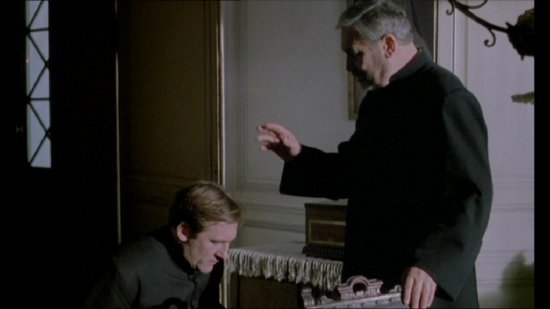
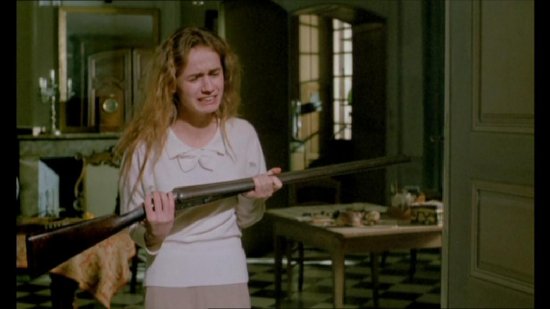
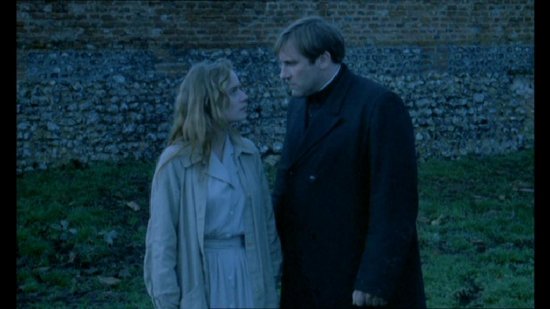
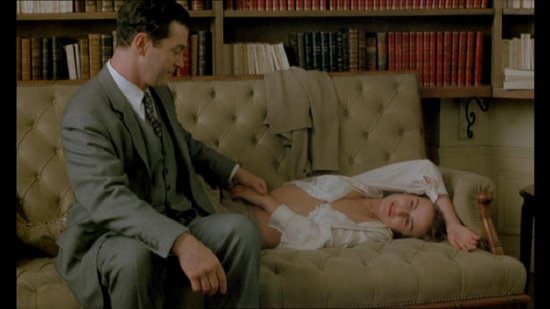
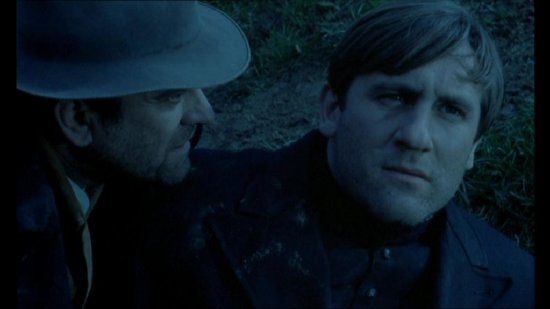
Your Opinions and Comments
Be the first to post a comment!